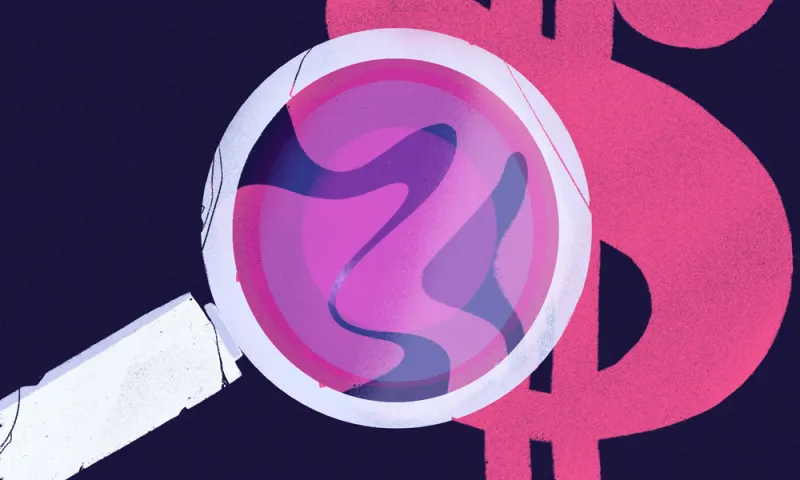Institutional investors have long believed that the higher returns earned in private markets were their reward for locking up their money for years. But belief in this so-called illiquidity premium may be a misconception.
In a new report, BlackRock argues that the premium investors earn in private equity, real estate, infrastructure, and other alternatives may come from not from illiquidity but from the complexity of private assets, which require special expertise and higher governance costs.
“There’s a simple logic to investors’ thinking: these are less liquid markets, so there should be a premium. That’s one point,” said Jean Boivin, global head of research at the BlackRock Investment Institute and one of the report’s authors.
According to Boivin, investors believe that holding private market assets exposes them to liquidity risk, especially those asset owners with higher spending requirements. Investing in these alternatives “might make it harder to meet that requirement in some markets, so that justifies the liquidity premium and not allocating too much to private markets,” he added.
However, Boivin argued that even with a high spending requirement, say 8 to 10 percent, endowments or pension funds can still allocate a significant amount to private markets, based on BlackRock’s research. Using the global financial crisis as an example of market stress, the firm simulated the level of private markets exposure that an institution would need to have before it would struggle to meet a capital call or other payment.
“Even a family office or pension fund that needed to spend 8 percent — even for them — they could still be at a 20 percent allocation to private assets and still be conservative and not face constraints,” Boivin said. “And most clients have a lower spending need than 8 percent.”
But now may not be the optimal time for them to increase their allocations to private markets. “At this time in the cycle, where valuations are stretched and there is lot of dry powder, there are better moments to ramp up,” Boivin added.
[II Deep Dive: How Dry Powder Could Blow Up Private Credit and Private Equity]
Still, it’s “easy to exaggerate” the risks of private markets. “We’re trying to put it in perspective,” he said.
During the financial crisis, for instance, private markets did not perform as badly as many people assume, according to BlackRock. For one, there isn’t as much “mark-to-market” risk, or potential losses from updating the value of an asset to reflect current prices, as in public markets.
Now, many in the industry are arguing that the $1.2 trillion in committed assets that private equity firms have not yet invested is a sign of upcoming trouble. In the BlackRock report, the firm concluded that although dry powder can be problematic, “this liquidity allows PE funds to inject equity into struggling companies, helping them grow or steady themselves at a time when competitors are struggling.”
BlackRock also noted that covenant-lite loans, which are a concern to many investors, have a positive side. These loans, which offer fewer protections to lenders, now represent 80 percent of leveraged loans in the large company market.
“We’re trying to make the point that there are other implications,” Boivin said. ”What we saw in the financial crisis was that companies owned by large private equity funds were able to take advantage of the light covenants to be able to extend or amend the terms of their debt. For the owner that’s bad news, but it can help stabilize or reduce the exposure of private equity owners.”







